Drobitsky Yar
The Germans occupied Kharkov in eastern Ukraine on October 23, 1941. The city remained during the whole war under military administration and not oncorporated into Reich Commissariat Ukraine. This didn’t mean that Jews living there were treated differently then other Jews in occupied Ukraine. They suffered severely and were imposed anti-Jewish measures and risked being used as slave labor or killed by Nazi killing squads. On November 14, several explosive devices exploded at various military headquarters in Kharkov. As a result, the Germans arrested about 1,000 people (including 300 Jews) and imprisoned them in hotel International. On November 28, about 400 of those arrested, including all 300 Jews, were murdered at the hotel by Sonderkommando 4a of Einsatzgruppe C who had arrived in Kharkov on November 26, 1941.
In mid-December 1941, Kharkov Jews were forced to move into an abandoned tractor factory about ten kilometres outside Kharkov. The sheds that the Jews were forced to live in had no heat, no isolation, lack of food and other supplies led to an increased mortality during the cold winter. Already in the same month, the Nazis began the liquidation of this temporary ghetto. Under the pretext that the germans was looking for voluntarily workers, about 800 Jews volunteered. They were taken by truck to a ravine in the south-east of Kharkov called Drobitsky Yar and killed by Sonderkommando 4a with assistance of German and Ukrainian units. In December and January 1942, the remaining Jews were murdered in Drobitsky Yar. Some of the Jews were also murdered in gas wagons. A total of 16,000 Jews were murdered in Drobitsky Yar and the majority of those murdered were elderly, women and children. The men who were not murdered were moved to other places and used as slave labor.
Current status: Museum/monument (2011).
Location: 49° 56'5.23 N, 36° 26'55.36 E
Get there: Car.
Follow up in books: Arad, Yitzhak: Holocaust in the Soviet union (2009).
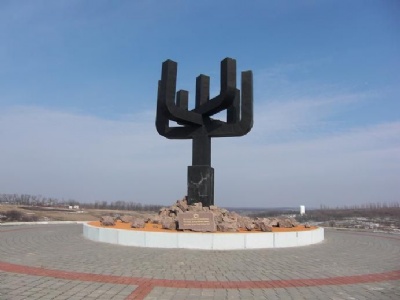
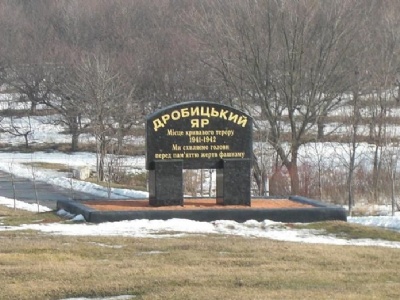
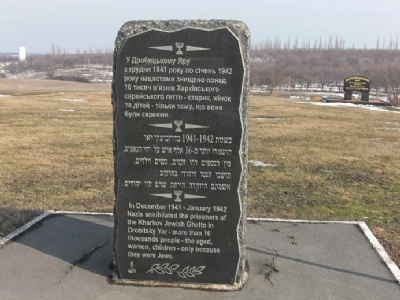
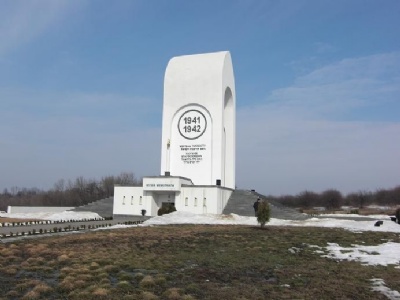
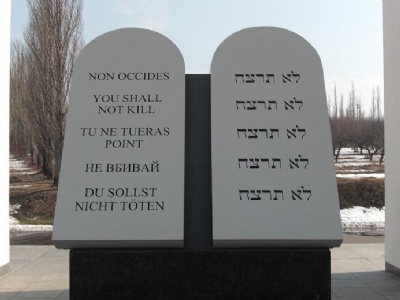
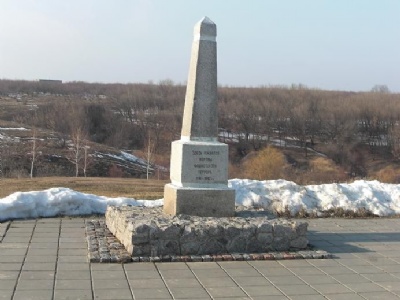
The site is not really a museum but more the character of a memorial. Under the main monument there is a small memorial hall with the names of about 4,300 of those who were murdered. The site has not been exploited by construction work and there are a number of monuments in the area. Unfortunately, there is no information board about where the mass graves are located, which makes it difficult to orient yourself in the area. Only in 1956 a minor obelisk was eracted in memory of the victims and the first time Soviet media wrote an article about the place, was according to the museum, as late as 1988. The place is well-maintained thanks to the persistent work of the Kharkov Charitable Fund.